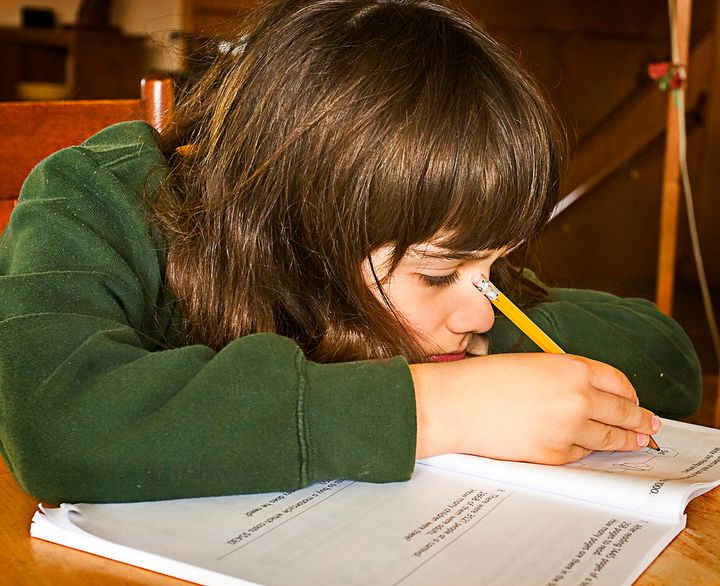
Every Friday, a group of students from Deering High School in
Portland, Maine volunteers through their local Habitat for Humanity
affiliate for credit toward graduation. While helping to build houses
for people in need, these students are learning important math and
geometry skills. They are also learning valuable skills outside of the
traditional classroom setting, like how to be professional on a
job-site and work collaboratively with adults. Furthermore, should any
student take more than a passing interest in this work, they can
explore what opportunities are available to them beyond high school to
pursue a career in a related field.
This robust learning experience is one of many examples of how
students can benefit from a multi-dimensional approach to education
called student-centered approaches to learning that not only arms them
with basic knowledge, but better equips them for college, work, and
life.
Much has changed in the last 100 years, but not the way we look at
K-12 education. Our system is outdated and the "one-size-fits-all"
approach is no longer working and in need of remodeling. Global
competition has really elevated the standards for schooling, and if we
expect to continue to meet the economic and civic demands of the new
21st century economy, we need more learners achieving at higher
levels. As Tom Friedman notes in his book That Used to Be Us, we are
no longer competing with other states or cities in the U.S.; we are
competing with China and India and Brazil. A fundamental rethinking of
our educational system is in order to ensure that all learners achieve
the skills and knowledge necessary for our nation and region to
prosper.
The good news is that we don't have to start from scratch -- we can
strengthen what's working and fix what's not. One solution is to focus
more on high-quality, student-centered approaches to learning that
acknowledge all the ways young people acquire skills and digest
information, and incorporate them into educational opportunities that
benefit all students -- especially those in underserved communities.
This model puts students at the center of the educational design,
where the act of learning becomes the constant; and the where, when
and how learning is delivered become the variables (rather than
students conforming to one specific time, location and method). Of
course, a critical component to this approach is to assess the level
of impact it has on a student's ability to learn the right skills, and
use that information to continually improve and be more creative in
terms of how our goals are accomplished.
Think of our education system like an orchestra -- one with a vast
array of players with specialized jobs. The orchestra sounds best when
each musician is skilled, the instruments well-tuned, and the
different sections are working together in perfect harmony. But a
changing America has given our system updated sheet music and our
players have not yet gotten in sync, nor have they rehearsed enough to
be ready to perform. Our current approach of compliance and
standardized testing is out of tune with the complex skills and
knowledge our learners must acquire. No orchestra becomes great
overnight; it depends on small steps, dedicated practice, and varied
leadership creating harmony among all the parts.
We can no longer afford to accept an inadequate and inequitable
education system. Educating our nation's citizens, especially and
essentially underserved students, should involve the efforts of the
broader community. We've seen firsthand how engaged a community gets
about being able to build the educational foundation of its future
workforce through experiences that better prepares students for
challenges they'll face in the real world.
Of course, old habits die hard and 100 years of tradition is tough to
change. This can't be done alone; it will require the hard work of the
broader community. The Nellie Mae Education Foundation, the largest
charitable organization in New England focused exclusively on
education, recently awarded $16 million among four districts. There is
still much work to be done, and we are but one of many players
supporting communities as they focus their efforts to remodel their
education systems. Reshaping our public education system and
sustaining continuous improvement will require all of us working in
concert, connecting the work of many and ensuring the public demands
it.